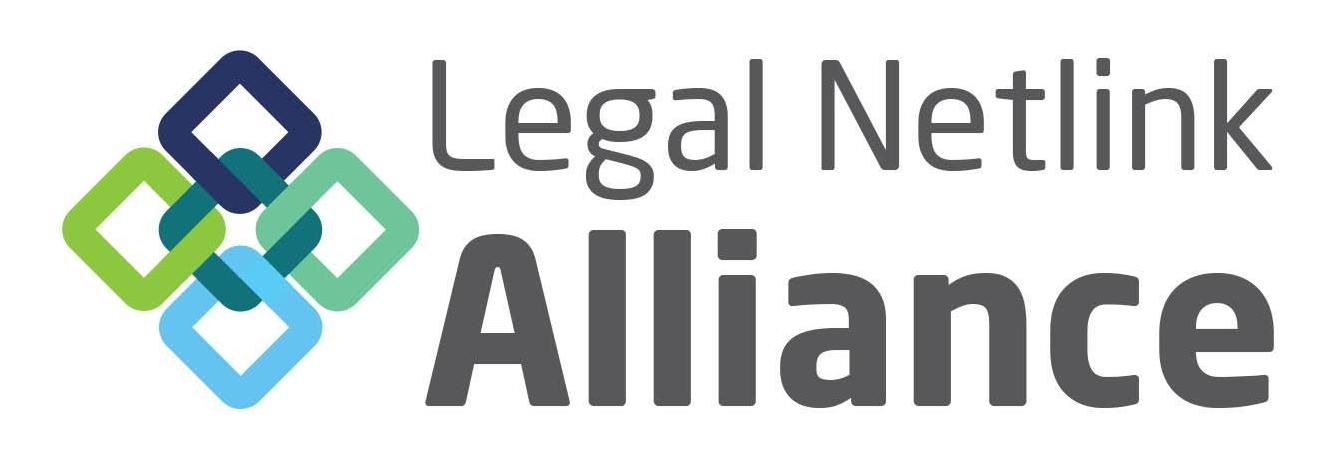As employers continue to deal with the ramifications of shutdowns and absences relating to COVID-19, they may consider mitigation strategies in the face of an economic or business downturn. If an employer is considering plant closings or mass layoffs, it is important to be mindful of potential obligations under the Worker Adjustment and Retraining Notification Act of 1988 (the “WARN Act”) and state variations. In short, the WARN Act requires that employers give 60-days advanced written notice to every affected employees in advance of any plant closing or mass layoff. The Act applies to employers that have 100 or more employees, which does not include employees who have worked less than 6 months in the past 12 months, and employees who have worked less than 20 hours per week. Of importance to the COVID-19 pandemic are the Act’s specific exceptions to the 60-day notice requirement and the fact that it does not apply to temporary shutdowns that do not meet the definition of employment loss.
Triggering Events
There are three events that may trigger the need for an employer to give their employees notice under the WARN Act: plant closings, mass layoffs, or when 500 or more employees are laid off at a single site of employment.
- Plant closing: A plant closing occurs when a facility or operating unit is shut down within a single site of employment and 50 or more full-time workers are laid off during any 30-day period.
- Mass layoff: A mass layoff occurs when there is a reduction in force that is not the result of a plant closing, but leads to an employment loss at the employment site of 500 or more employees during a 30 day period, or a loss of 50-499 employees if they make up at least 33% of the employer's active workforce.
- Employment loss: Employment loss occurs where there is an employment termination, other than a discharge for cause, voluntary departure, or retirement; a layoff exceeding 6 months; a reduction in an employee's hours of work of more than 50% in each month of any 6-month period; a transfer or reassignment.
The COVID-19 pandemic has led to many temporary shutdowns. A temporary shutdown will trigger the notice requirement only if there are a sufficient number of terminations, layoffs exceeding 6 months, or reductions in hours of work as specified under the definition of “employment loss.”
Notice Requirements
The WARN Act specifies what needs to be contained in the notice in order for it to be effective. The notice must be in writing and contain the following information: an explanation of whether the layoff or closing is permanent or temporary, meaning 6 months or less; the date of layoff or closing and the date of your separation; an explanation of bumping rights, if they exist; and name and contact information for a person in the company who can provide additional information. Any reasonable method of delivery designed to ensure receipt 60 days before a closing or layoff is acceptable.
Exceptions
There are three exceptions to the 60-day requirement. An employer is not required to give a full 60 days’ notice if they could not reasonably foresee the circumstances that led to a layoff or closing at the time that the 60-day notice would have been required. The employer must prove that the conditions for the exceptions have been met.
The exceptions to the 60-day notice are:
- Faltering company: Applies only to plant closings where an employer is actively seeking capital or business to sustain the company, there is a realistic opportunity to obtain the sufficient financing and giving notice would have ruined the financing opportunity.
- Unforeseeable business circumstances: This exception applies to closings and layoffs that are caused by sudden, dramatic, and unexpected actions or conditions outside the employer’s control that were not reasonably foreseeable at the time notice would otherwise have been required.
- Natural disaster: This applies where a closing or layoff is the direct result of a natural disaster, such as a flood, earthquake, drought, or storm.
Even if one of these exceptions are met, the employer must give as much notice as is practicable. This notice must provide a brief statement of the reason for reducing the notice period, in addition to fulfilling the other notice requirements.
State mini-WARN Acts
Many states have their own variation of the federal WARN act. State specific laws should be referenced as well in advance of a shut down or lay off in those states. For example, California’s version applies to employers with 75 or more full or part-time employees and does not include exceptions. In response to COVID-19, Governor Gavin Newsom, however, issued an executive order suspending the notice requirement on certain conditions. New York’s variation requires covered employers to give 90 days’ written notice and provides the same exceptions as the federal act. New York has specifically recognized the COVID-19 pandemic as an unforeseeable business circumstance, but employers still must give notice as soon as possible. Other states with their own variations include Hawaii, Illinois, Iowa, New Jersey, Tennessee, and Wisconsin.
Should you have any questions or would like further clarification on this or other labor and employment matters, reach out to Mansour Gavin’s Labor and Employment group or contact us today.



